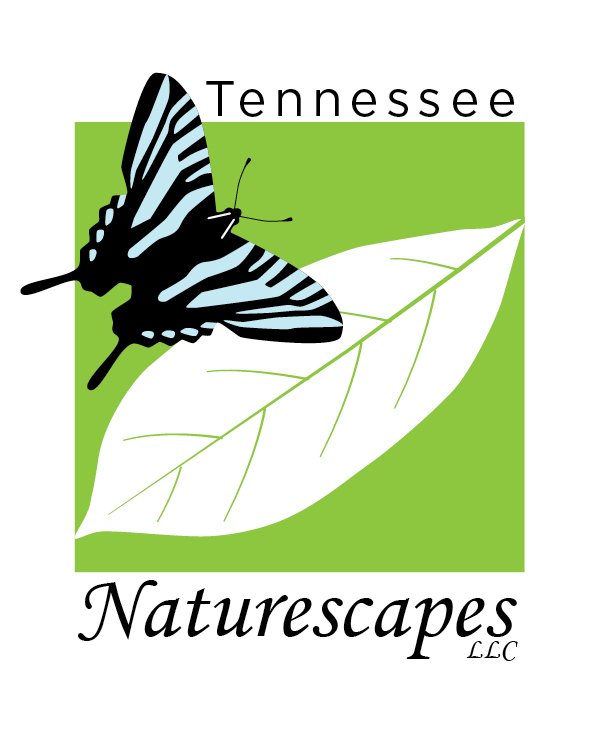
Edible Gardening with Native Plants
Written by Siru Curzon
It has recently become more and more popular to plant edible native plants. Apple trees and and other fruit trees are not the only options! The scope has grown wider in terms of what parts of the plant are harvestable and what can be made out of them. Adding edible native plants to your landscape will improve your food security and adds an additional dimension to traditional “see and smell” gardens. Growing edible natives also offers a great opportunity to teach our children and neighbors about the wonderful natural resources available to us if we nurture them.
We emphasize that you should do your own personal study before eating any plant. We as a nursery want to provide starter information but can’t be responsible for individuals’ own choices. Eating any plant or plant part may be harmful if it has gone bad, if it is improperly prepared, if wrong parts of the plants are used (e.g. leaves vs. roots), or if it is consumed in excess, so please practice caution.
Edible Fruits
Our native plants offer a wide range of fruit to eat! They are indeed delicious and many native animals also find them irresistible, so it can sometimes be difficult to find the fruit in wild unless you have these plants more accessibly growing near your house.
There are a lot of native trees that will bloom profusely is spring and then reward you with an abundance of produce, including native cherries and plums. The native Persimmon may not be as big as the Asian variety but they are very sweet and make great preserves and pies.
Some of these fruits are the best eaten when cooked, as they may contain harmful chemicals that break down through the cooking process. Others can be eaten right off the branch, but may have a short shelve life and should be eaten soon after picking. The pawpaw, for example, is a very delicious fruit but hasn’t become a commercialized product due largely to its short shelf life.

American Persimmon (Diospyros virginiana) Fruit needs to be picked when soft, often after a frost . They are extremely astringent if eaten less ripe.

Eastern Prickly Pear (Opuntia humifusa) Fruits contain many seeds and some glochids (small irritating spines)

Pawpaw (Asimina triloba) Ripe when yellow-ish color and soft to press.

Purple Passionflower (Passiflora incarnata) Let the fruit dethatch from the vine and turn yellow and wrinkle

Viburnum species (Viburnum nudum, prunifolium)
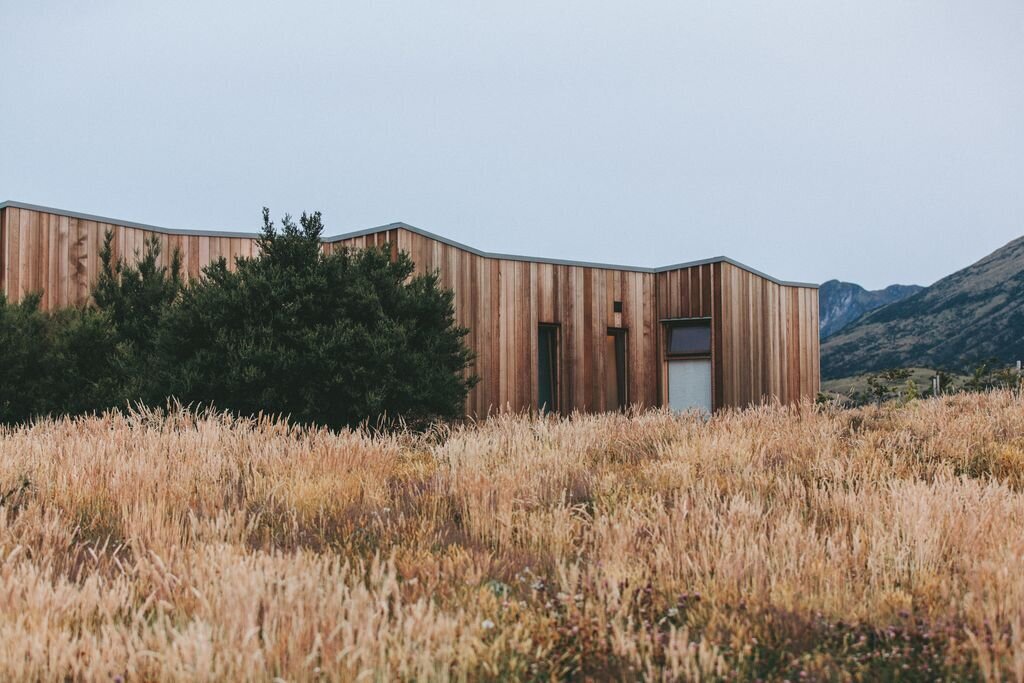
American Wild Plum (Prunus americana) and Chickasaw Plum (Prunus angustifolis)

Black Cherry (Prunus serotina)

Hawthorn (Crataegus spp.): The fruits of these rose family members are edible fresh or preserved as jam or dried.

Wild grape (Vitis riparia): These wild relatives of domestic grapes are smaller and slightly more bitter then the domestic variety. They are gathered by wildlife quickly, so people rarely have a chance to sample them.

Mayapple (Podophyllum peltatum): The fruit of may apples is edible in late summer when soft, and has a taste somewhat like kiwi fruit.

Chokecherry (Prunus virginiana): The dried fruits of this species are edible and various parts of the plant were used by Native Americans to flavor meat.

Chickasaw Plum (Prunus angustifolis)
Edible Berries
People might be the most familiar with blueberries and strawberries but there are others too. Serviceberries, mulberries and chokeberries make wonderful additions to any berry lovers plate. Do pay attention that some of these berries are bird spread (we’re not the only one finding them sweet!) and some native berries are astringent when raw but become more palatable as winter progresses or when they are cooked.
Since blueberries and strawberries were already mentioned, did you know there are native, straight species to enjoy these berries from?

Black Huckleberry (Gaylussacia baccata)

Serviceberries (Amelanchier) species

Lowbush Blueberry (Vaccinium pallidum)

Highbush Blueberry (Vaccinium corymbosum)

Common Hackberry (Celtis occidentalis)

Wild Strawberry (Fragraria virginiana) Small but very sweet red berries

Common Black Elderberry (Sambucus canadensis)

Black Chokeberry (Aronia melanocarpa)

Red mulberry (Morus rubra): This is a different species from the common white mulberry (Morus alba) which is a weedy Asian import. Both produce a delicious berry.

Black currants (Ribes americana): edible berries, can be used in jam

Missouri gooseberry (Ribes missouriense): edible berries, can be used in jam. Thorny and lowgrowing, potential for use as a hedge.

Black Raspberry (Rubus occidentalis)

American Beautyberry (Callicarpa americana)

Blackberry (Rubus allegheniensis): This is among the largest of our Rubus species. It can seem unruly in the home landscape, and its thorns are also formidable, but the delicious fruit are famously good in pie and other deserts. The fruits ripen a bit later than raspberries.
Edible Nuts
American Hazelnut (Corylus americana) Smaller nuts than on European cousin’s but still delicious. Enjoy raw or roasted.
Shagbark hickory (Carya ovata) is the most common hickory species and produces sweet nuts that can be harvested when they drop from the tree after a hard frost and can be eaten raw.
Pecan (Carya illinoinensis): Native as far north as northern Illinois and throughout the South, with global warming it will do well in more northern locations, to central WI. The nuts need no introduction.
Eastern American black walnut - (Juglans nigra) Edible nuts after removal of the husk and shell.

American Hazelnut (Corylus americana) Smaller nuts than on European cousin’s but still delicious. Enjoy raw or roasted.

Shagbark hickory (Carya ovata) is the most common hickory species and produces sweet nuts that can be harvested when they drop from the tree after a hard frost and can be eaten raw.

Pecan (Carya illinoinensis): Native as far north as northern Illinois and throughout the South, with global warming it will do well in more northern locations, to central WI. The nuts need no introduction.

Eastern American black walnut - (Juglans nigra) Edible nuts after removal of the husk and shell.
Natives Usable for Spices AND BEVERAGES
Many native plants adopted fragrances to keep browsing herbivores away. Native Americans learned how to benefit from these refreshingly fragrant plants. American colonists adopted Oswego tea made of Red Beebalm (Monarda didyma) during their boycott of British tea.
There are lots of old natural drink remedies made of native plants but we encourage you to do your own study

Spicebush (Lindera benzoin) - Shrub. Berries for spices, twigs for tea.

Sweetbay Magnolia (Magnolia virginiana) - Small semi-evergreen tree. Leaves for seasoning, flowers for pickling.

Anise hyssop (Agastache foeniculum) - Flower can be used as a seasoning or in tea

New Jersey Tea (Ceanothus americanus) - Shrub. Leaves for tea.
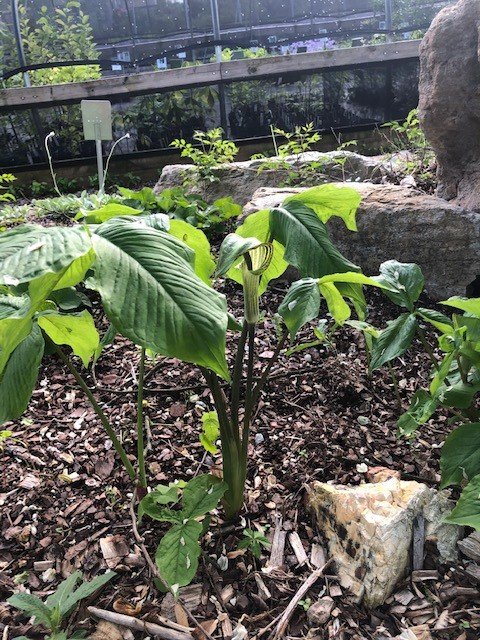
Sumac species (Rhus aromatica, copallinum, glabra) - Shrubs. Fruits to make Sumacade. Must be cooked or dried to avoid toxicity.

Beebalm (Monarda didyma) - Perennial flower loved by butterflies and hummingbirds. Leaves for tea, flavor. Wild bergamot (Monarda fistulosa): The leaves of the common prairie plant are used to make earl grey tea.
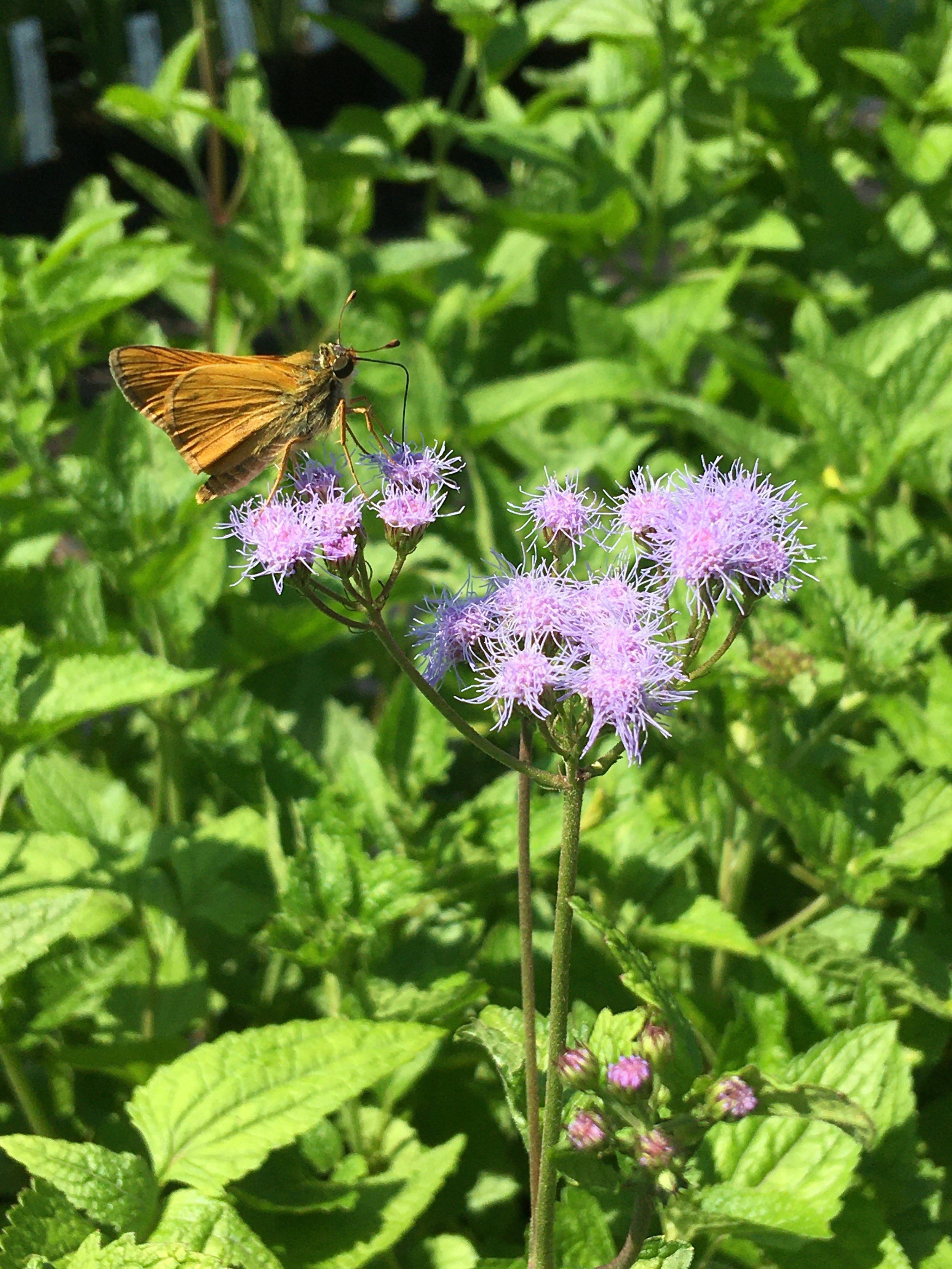
Leadplant (Amorpha canescens): Like New Jersey tea, the leaves of this species can be made into a tea.
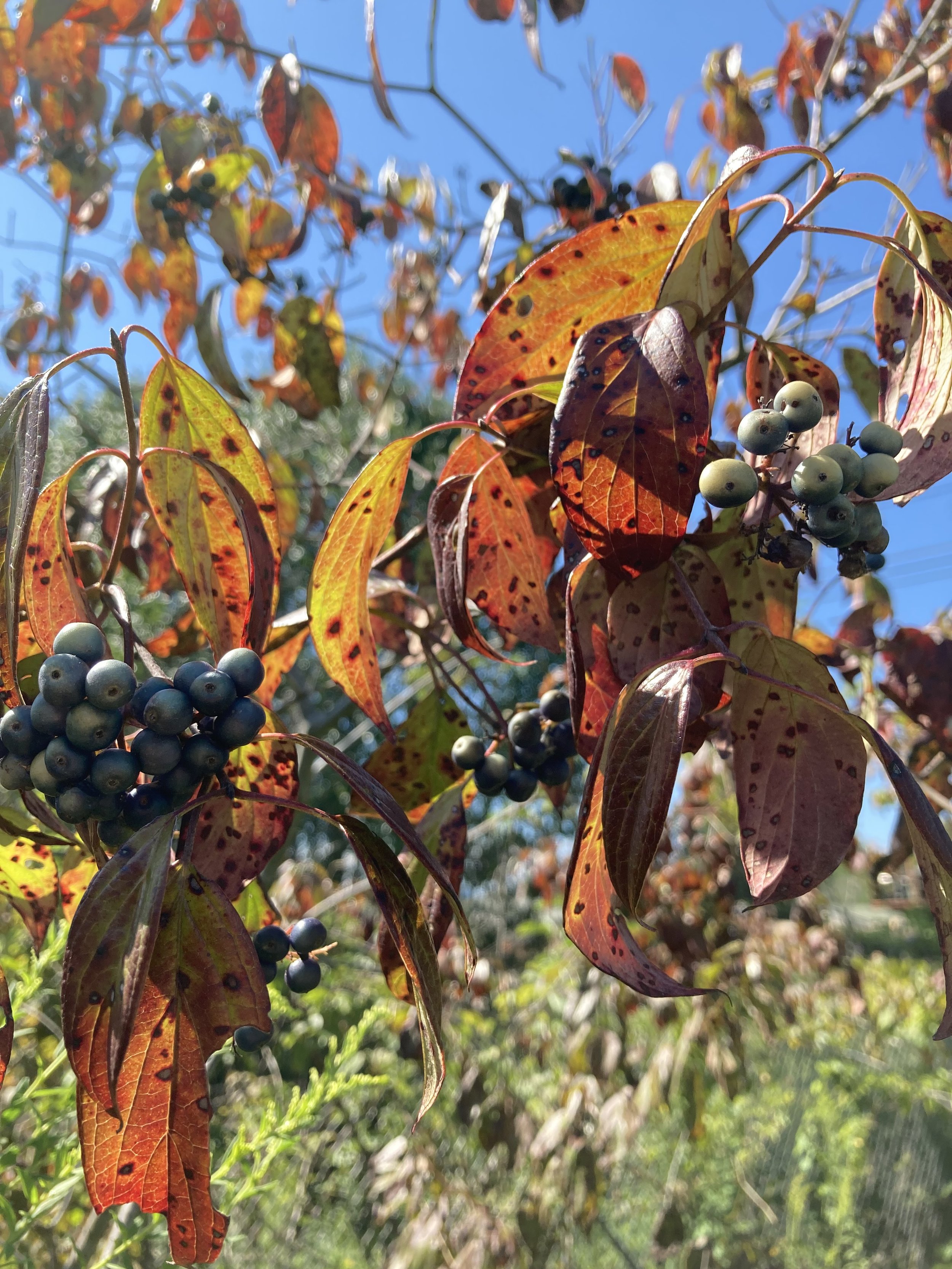
Mints (Pycnanthemum ssp.) tea

Goldenrods (Solidago spp.) tea

Skullcaps (Scutellaria spp)

Purple Coneflower (Echinacea purpurea) The leaves and seeds can be dried and made into a tea.
Tubers
Sweetflag (Calamus..) – young shoots can be cooked or put in salads, roots can be candied.
Ground nut (Apios americana) - This species prefers moist areas and has unique maroon fowers. Underground tubers are edible. A related species is a common component of many African dishes.
Jerusalem-artichoke (Helianthus tuberosus): The edible root tubers of this species taste like potatoes or artichoke and are becoming popular among permaculturalists for their high productivity, ease of cultivation and attractiveness
wild ginger (Asarum canadense) - Can be used as a substitute for domestic ginger, but have a slightly less strong favor.
Spring Beauty (Claytonia spp) – corms eaten like potato

Sweetflag (Calamus..) – young shoots can be cooked or put in salads, roots can be candied.

Ground nut (Apios americana) - This species prefers moist areas and has unique maroon fowers. Underground tubers are edible. A related species is a common component of many African dishes.

Jerusalem-artichoke (Helianthus tuberosus): The edible root tubers of this species taste like potatoes or artichoke and are becoming popular among permaculturalists for their high productivity, ease of cultivation and attractiveness

Wild ginger (Asarum canadense) - Can be used as a substitute for domestic ginger, but have a slightly less strong favor.
Other Native Plant Uses
Ostrich Fern (Matteuccia struthiopteris) - Fiddleheads - must be boiled for 3 minutes before frying, sauteeing or baking. Do not confuse with other fern species.
Wild Bergamot (Monarda fistulosa) - Perennial flowers, great for butterflies and bees. Leaves for flavoring, flowers for garnish.
Pickerel Weed (Pontederia cordata) - Pond plant. Cookes leaves; seeds raw or cooked.
Wild Roses (Rosa carolina and palustris) - Edible hips and flower petals.
narrow-leaved cattail (Typha angustifolia): Many parts of this plant are edible including young sprouts and the roots. The native, wide-leaved cattail (Typha latifolia), is also abundant and edible.
Sassafras (Sassafras albidum) can be used to makes teas, and a flavoring for root beer
Violets (Viola spp. ) edible young leaves and flowers that are delicious in salads
Solomon’s Seal (Polygonatum biflorum) Harvest at 6-8 inches tall and peel the bitter outer sheath before cooking like asparagus
Bellwort (Uvularia..) – young shoots as asparagus
Toothwort (Dentaria) – rootstock in salad similar to horseradish
Wisteria – fry the flowers
Wild onion (Allium canadense) wild leeks (Allium tricoccum) & nodding wild onion (A. cernuum): Entire plant is edible just like leeks and scallions

